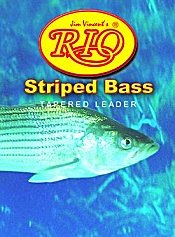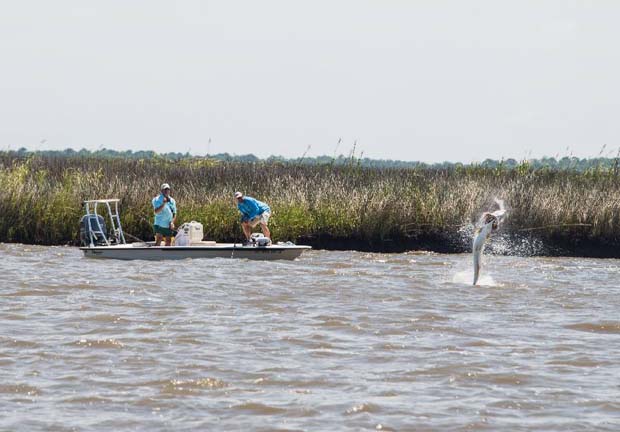[dropcap]T[/dropcap]he argument for hand tied leaders is that they assist the delivery of the fly by unfurling properly. The argument for knotless leaders is they do not pick-up debris nor provide multiple opportunities to have ‘knot’ failures.
Back in the day, purchased leaders were scarce to source and limited to Orvis, Dan Bailey and some fly shops. You got used to tying up your own leaders.
Today, the rub on knotless leaders does not hold much water. They are far, far better than their ancestors. They have reliable gradations with reliable pound test ratings, and most significantly, they can be purchased at lengths up to 12-feet. The idea that multiple ‘knots’ aid proper turnover is ridiculous. It is the diameter/weight difference, or gradation, that aids turning over the fly over properly – not the knot. However, the knot is a good hinge point if the following diameter line is smaller.
 Choices
Choices
Today, there are monofilament (mono), fluorocarbon (fluoro), furled, and braided leaders available to fly fishing anglers. Basically, there are three sections to most hand tied leaders, butt, mid section and tippet. But for big, rough mouthed fish like tarpon there is a shock section attached to the tippet. In addition, toothy fish like mackerels and sharks require a wire bite guard.
Each type of leader material has a downside. Mono is susceptible to wind knots, especially so in the lower test ranges and will break far too easily if not noticed or changed-out.
Furled leaders are great to cast, but they are water sprayers and once wetted will sink.
Fluoro leaders are dense, more dense than water and thus sink. Tying good knots in fluoro requires excellent knot tying skills. Many traditional knots are not reliable with flouro.
Braided leaders are also great to cast, but they pick up debris and spray water and sink. If you get a wind knot, or should I say when you get a wind knot, in a braided leader it is not salvageable. A wind knot in a mono leader is simply clipped off and retied.
Popularity
By far, mono is the most popular. It is cheap and user friendly, plus there a multiple choices of hardness, suppleness and diameter differences in the same pound test class. Fluoro is the next most popular followed by braided and furled.
 Hand tied vs knotless leaders
Hand tied vs knotless leaders
Most guides I know favor hand tied, but that’s saltwater guides. Here in Atlanta, my home away from Florida home, the fly shop folks say their clients almost exclusively prefer knotless leaders.
A knotless leader can get out of balance if it has to be retied due to a break or wind knot. The problem is that you will not know what diameter material to tie back on. Knotless leaders are expensive.
A hand tied leader can be initially tied out of balance, but a knotless cannot. A hand tied leader can be built for specific duty like a really supple mono for dry fly fishing, but do not perform well when ‘skating’ a fly.
Closing leader length is almost 100% a 9-foot, and will service your fishing expeditions world wide. That excludes big game offshore fishing where leaders are shorter. Too, typical flats leaders are longer.


